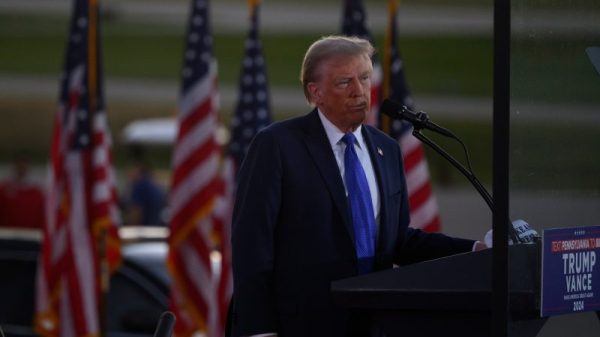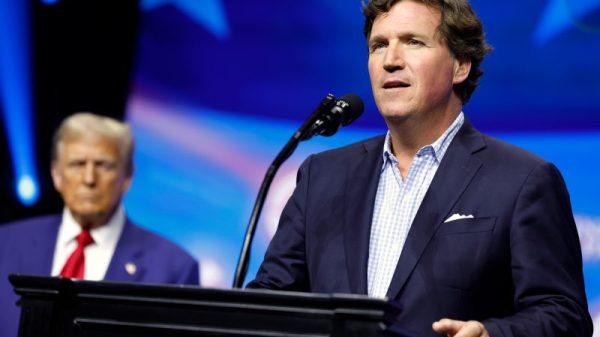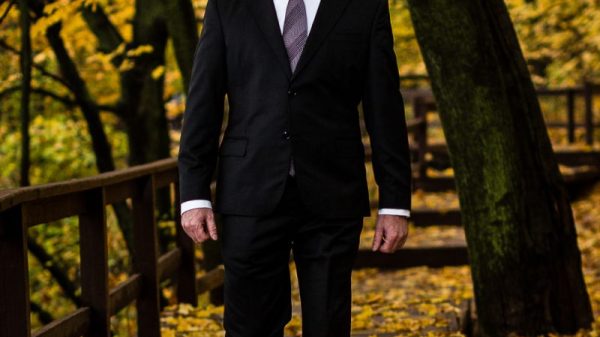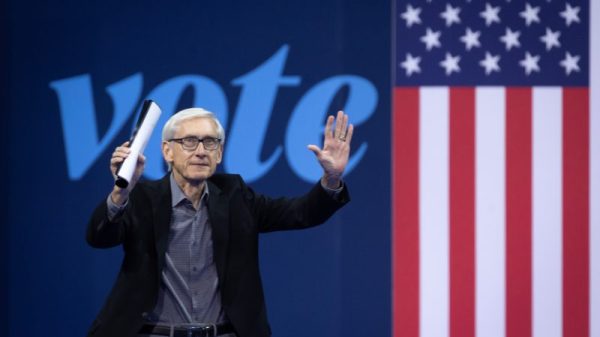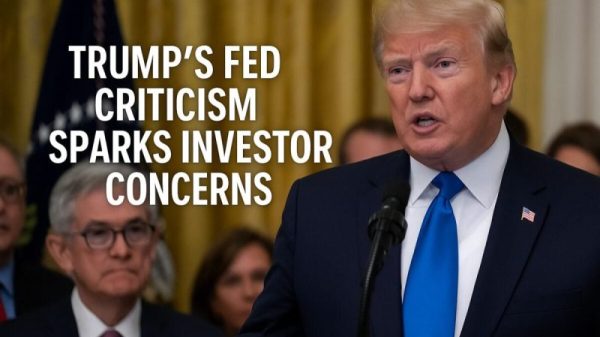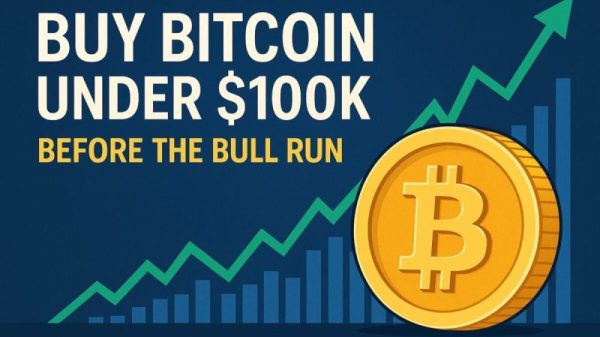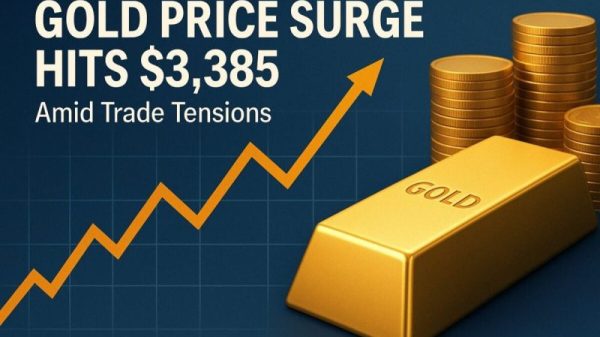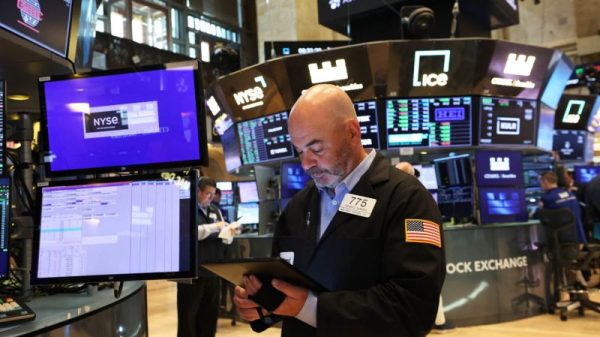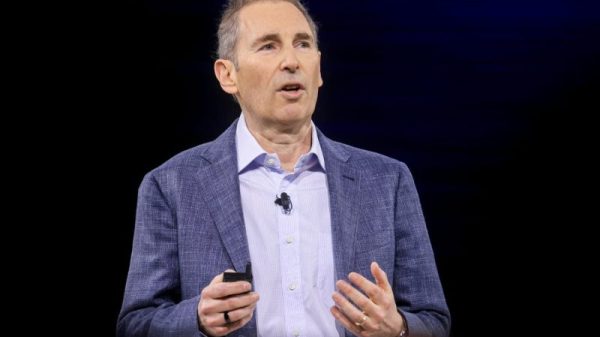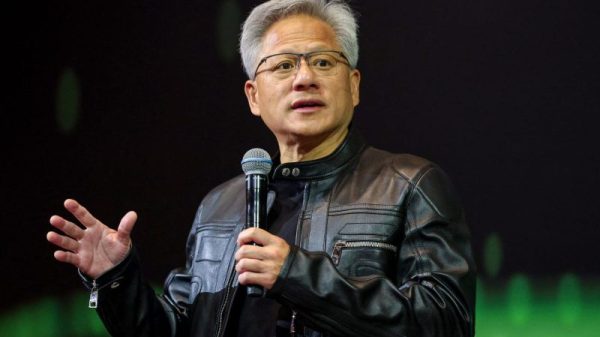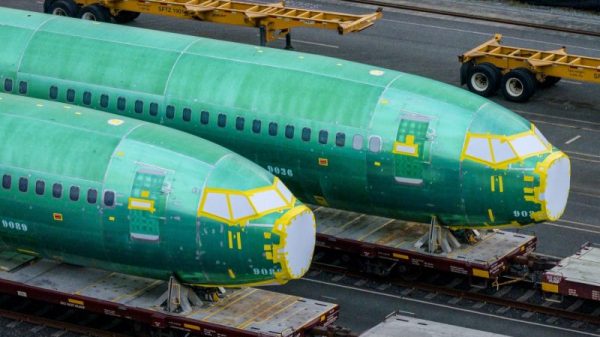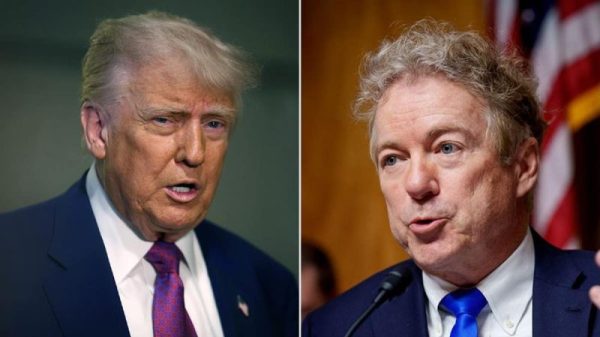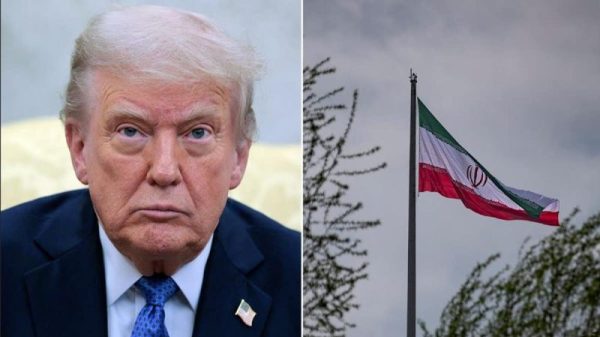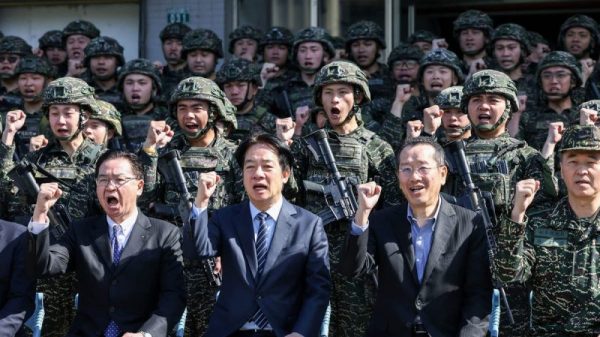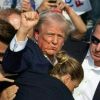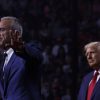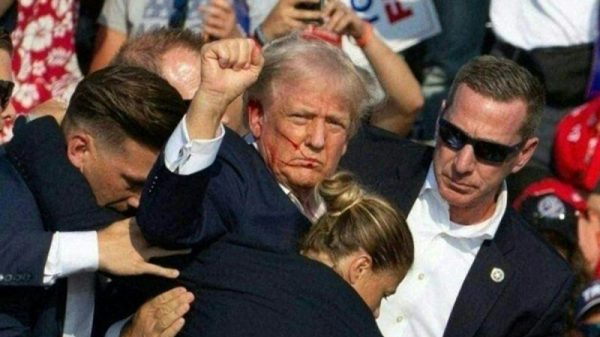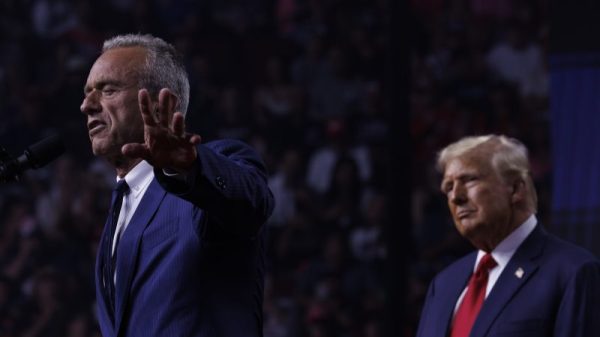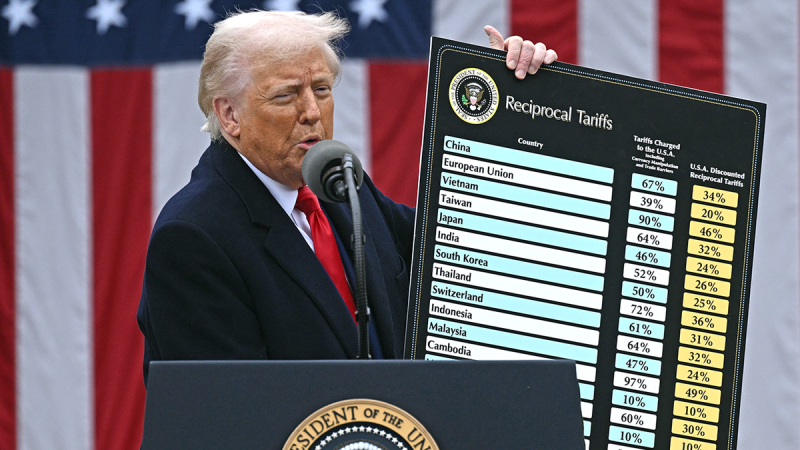
A federal appeals court paused a lower ruling blocking President Donald Trump’s sweeping tariffs, siding with the administration Thursday in a legal fight over the White House’s use of an emergency law to enact punishing import taxes.
The back-and-forth injected more volatility into markets this week after several weeks of relative calm, and court observers and economists told Fox News Digital they do not expect the dust to settle any time soon.
Here’s what to know as this litigation continues to play out.
What’s happening now?
The U.S. Court of Appeals for the Federal Circuit temporarily stayed a lower court ruling Thursday that blocked two of Trump’s sweeping tariffs from taking force.
The ruling paused a decision by the U.S. Court of International Trade (CIT) allowing Trump to continue to enact the 10% baseline tariff and the so-called ‘reciprocal tariffs’ that he announced April 2 under the International Emergency Economic Powers Act, or IEEPA.
It came one day after the U.S. Court of International Trade ruled unanimously to block the tariffs.
Members of the three-judge panel who were appointed by Trump, former President Barack Obama and former President Ronald Reagan, ruled unanimously that Trump had overstepped his authority under IEEPA. They noted that, as commander in chief, Trump does not have ‘unbounded authority’ to impose tariffs under the emergency law.
Now, lawyers for the Trump administration and the plaintiffs are tasked with complying with a fast schedule with deadlines in both courts. Plaintiffs have until 5 p.m. Monday to file their response to the Court of International Trade, according to Jeffrey Schwab, senior counsel and director of litigation of the Liberty Justice Center, which represents five small businesses that sued the administration.
The Court of Appeals for the Federal Circuit gave plaintiffs until Thursday to file a response to the stay and the Trump administration until June 9 to file a reply, Schwab told Fox News Digital in an interview.
The goal is to move expeditiously, and lawyers for the plaintiffs told Fox News they plan to file briefs to both courts before the deadlines to mitigate harm to their clients.
‘Hopefully,’ Schwab said, the quick action will allow the courts to issue rulings ‘more quickly than they otherwise would.’
What’s at stake?
The Trump administration praised the stay as a victory.
The appellate court stay on the CIT ruling ‘is a positive development for America’s industries and workers,’ White House spokesman Kush Desai said in a statement.
‘The Trump administration remains committed to addressing our country’s national emergencies of drug trafficking and historic trade deficits with every legal authority conferred to the president in the Constitution and by Congress.’
But some economists warned that continuing to pursue the steep tariffs could backfire.
The bottom line for the Trump administration ‘is that they need to get back to a place [where] they are using these huge reciprocal tariffs and all of that as a negotiating tactic,’ William Cline, an economist and senior fellow emeritus at the Peterson Institute for International Economics, said in an interview.
Cline noted that this had been the framework laid out earlier by Treasury Secretary Scott Bessent, who had embraced the tariffs as more of an opening salvo for future trade talks, including between the U.S. and China.
‘I think the thing to keep in mind there is that Trump and Vance have this view that tariffs are beautiful because they will restore America’s Rust Belt jobs and that they’ll collect money while they’re doing it, which will contribute to fiscal growth,’ said Cline, the former deputy managing director and chief economist of the Institute of International Finance.
‘Those are both fantasies.’
What happens now?
Plaintiffs and the Trump administration wait. But whether that wait is a good or bad thing depends on who is asked.
Economists noted that the longer the court process takes, the more uncertainty is injected into markets. This could slow economic growth and hurt consumers.
For the U.S. small business owners that have sued Trump over the tariffs, it could risk potentially irreparable harm.
‘Some of the harm has already taken place. And the longer it goes on, the worse it is,’ said Schwab.
The White House said it will take its tariff fight to the Supreme Court if necessary. But it’s unclear if the high court would choose to take up the case.
The challenge comes at a time when Trump’s relationship with the judiciary has come under increasing strain, which could make the high court wary to take on such a politically charged case.
Lawyers for the plaintiffs described the case as ‘very likely’ to be appealed to the Supreme Court, but it’s unclear whether it will move to review it.
‘It’s possible that because the case is before the Federal Circuit Court of Appeals, which essentially applies to the country, unlike specific appellate courts, which have certain districts, that the Supreme Court might be OK with whatever the Federal Circuit decides and then not take the case,’ Schwab said.
For now, the burden of proof shifts to the government, which must convince the court it will suffer ‘irreparable harm’ if the injunction remains in place, a high legal standard the Trump administration must meet.
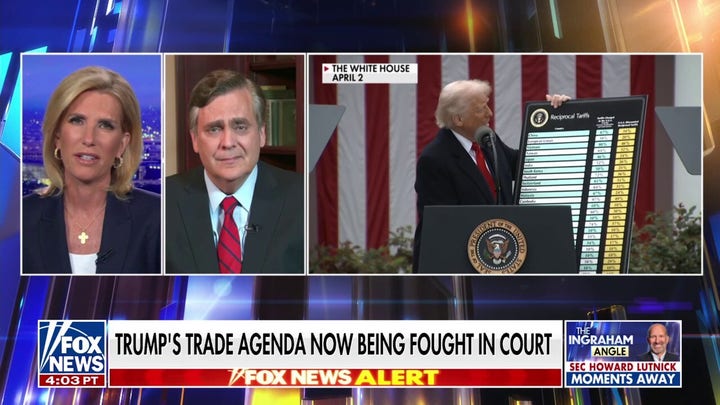
Beyond that, Schwab said, the court will weigh a balancing test. If both sides claim irreparable harm, the justices will ask, ‘Who is irreparably harmed more?
‘And I think it’s fair to say that our clients are going to be more irreparably harmed than the United States federal government. Because our clients might not exist, and the United States federal government is certainly going to exist.’






